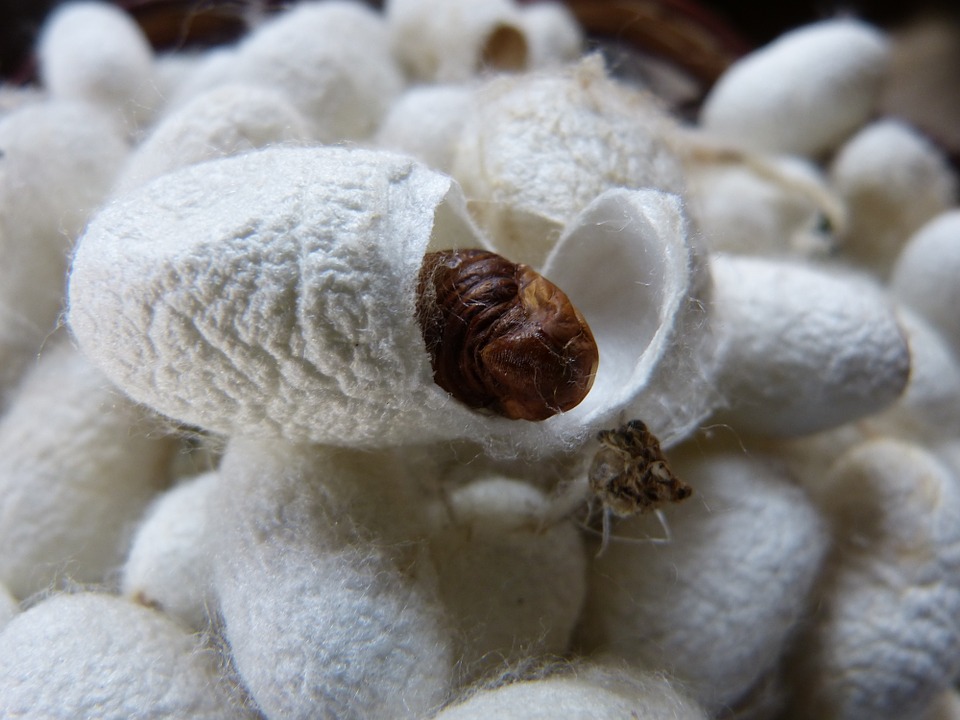|
Kausheya
''Kausheya'' (''kauseya'', ''Kiau-she-ye'', ''Kaushika'') was a wild variety of ancient silk from India. Domesticated and undomesticated silk (also known as wild silk) were produced in both India and China. Silk weaving is mentioned in Indian texts from the 3rd century BC. In the 4th century BC, Kātyāyana, an ancient grammarian, defined ''kausheva'' specifically as ''vikar'', a product of ''kos'' (''vikara koshdvam''), — in other words, silk fabric. ''Shatapatha Brahmana'' refers to ''kusa'', a variety of silk obtained from a silkworm called ''kuswari'' or ''kuswara''. These silkworms are raised on jujube trees. ''Kitsutram'', ''kriminag'', ''pattasutra'', or ''pattron'' were names possibly referring to varieties of wild silk produced by various undomesticated silkworms reared on different trees, hence producing different qualities and colours of silk. Etymology ''Kaushika'' or ''kausheya'' is a Sanskrit word that literally translates as silk. It is derived from "''kosh''", ... [...More Info...] [...Related Items...] OR: [Wikipedia] [Google] [Baidu] |
Ahimsa Silk
Ahimsa silk (''ahiṃsā'': Sanskrit for 'nonviolence') is a method of nonviolent silk breeding and harvesting. Wild silk moths are bred, rather than the domestic variety. It allows the completion of the metamorphosis of the silkworm to its moth stage, whereas most silk harvesting requires the silkworms to be killed in their cocoon stage. No animals suffer or die for the silk to be produced, making it a favorable alternative to normal silk for those who object to harming animals. Process The pupa is allowed to hatch and the leftover cocoon is then used to create silk. While the ''Bombyx mori'' (also called mulberry silkworm or mulberry silk moth) are the preferred species for creating ahimsa silk, there are a few other types of species that fall under the category of ahimsa silk, which is defined not necessarily by the species of the moth involved but by the methods for harvesting the cocoon. The other types of silkworm that are used for this process are a subspecies of the Sami ... [...More Info...] [...Related Items...] OR: [Wikipedia] [Google] [Baidu] |
